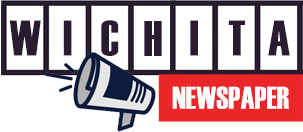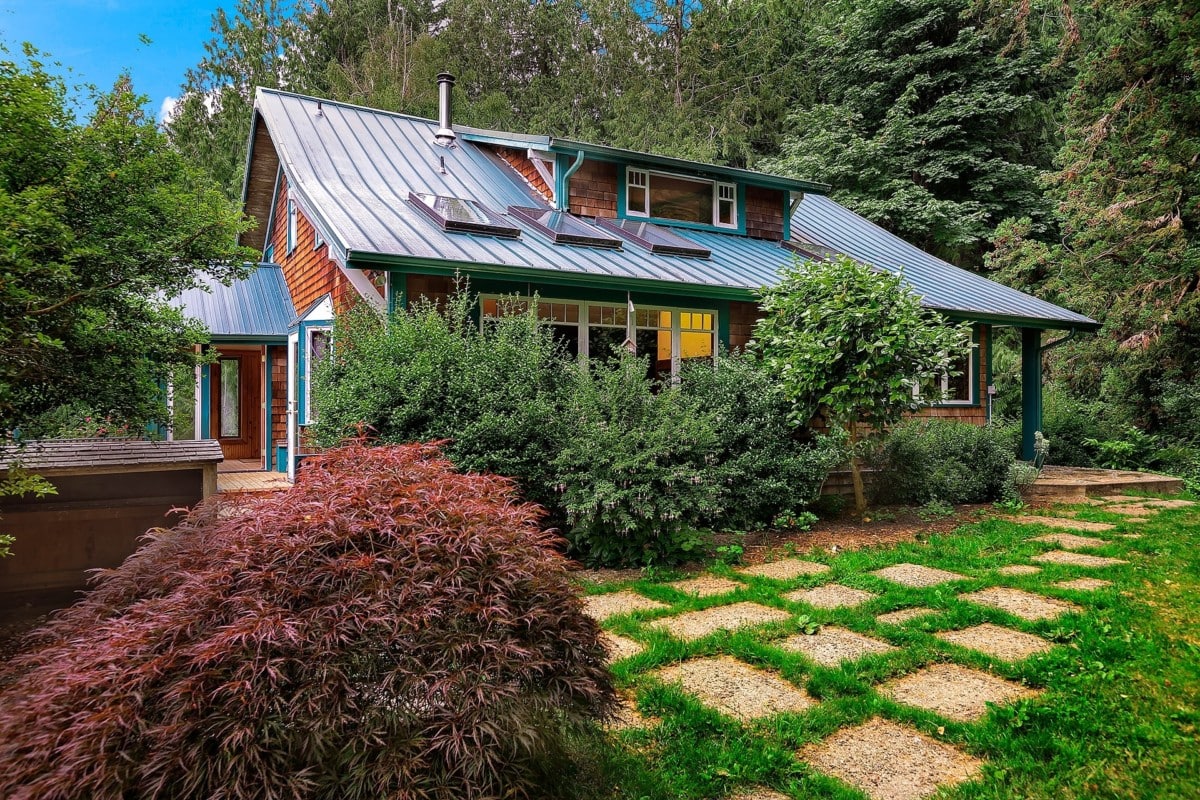Saving for a Down Payment and Mortgage with Budgeting for Homeownership
Becoming a homeowner is a significant milestone in many people's lives. However, the path to homeownership often begins with saving for a down payment and understanding the intricacies of obtaining a mortgage. In this article, we will guide you through the process of budgeting for homeownership, focusing on saving for a down payment and making informed decisions about mortgage options.
Understanding the Importance of Budgeting for Homeownership
Budgeting is a fundamental aspect of achieving any financial goal, and homeownership is no exception. Creating a budget allows you to gain a clear understanding of your income, expenses, and saving potential. By allocating your funds strategically, you can prioritize saving for a down payment and ensure a smooth transition into homeownership.
Assessing Your Financial Situation
Before diving into the process of saving for a down payment, it's crucial to assess your current financial situation. Take stock of your income, existing debts, and monthly expenses. This evaluation will help you determine how much you can comfortably allocate toward saving for a down payment without compromising your overall financial stability.
Setting a Realistic Down Payment Goal
Setting a realistic down payment goal is an essential step in your homeownership journey. While a 20% down payment is often recommended to avoid private mortgage insurance (PMI), it may not be feasible for everyone. Assess your financial capacity and research the minimum down payment requirements for the type of mortgage you intend to pursue. This will help you establish a target amount to save.
Strategies for Saving for a Down Payment
Track Your Expenses
To identify areas where you can cut back and save more, start by tracking your expenses. Keep a record of all your purchases and categorize them accordingly. This will provide insights into your spending habits and help you identify areas where you can make adjustments.
Create a Budget
Based on your expense tracking, create a detailed budget that outlines your income, fixed expenses, and discretionary spending. Allocate a portion of your income toward saving for a down payment and adjust other categories accordingly. This will ensure that you have a structured plan to follow.
Reduce Discretionary Spending
Reducing discretionary spending can have a significant impact on your savings. Evaluate your lifestyle choices and consider making temporary adjustments. Cut back on non-essential expenses such as dining out, entertainment, and unnecessary subscriptions. Redirect the saved money towards your down payment fund.
Increase Income and Savings
Exploring ways to increase your income can expedite your down payment savings. Consider taking on a part-time job or freelancing to supplement your regular income. Additionally, aim to increase your savings rate by automating regular contributions from your paycheck into a dedicated savings account.
Explore Down Payment Assistance Programs
Research down payment assistance programs available in your area. These programs are designed to provide financial support to first-time homebuyers, helping them bridge the gap between their savings and the required down payment. Familiarize yourself with the eligibility criteria and application process to take advantage of these opportunities.
Choosing the Right Mortgage
When it comes to mortgages, it's essential to understand the various options available and choose the one that aligns with your financial goals. Here are some common types of mortgages:
Fixed-Rate Mortgages
A fixed-rate mortgage offers a stable interest rate for the entire loan term. This type of mortgage provides predictability, as your monthly payments remain constant. It is an excellent option if you prefer consistent payments and want to avoid potential interest rate fluctuations.
Adjustable-Rate Mortgages
An adjustable-rate mortgage (ARM) features an interest rate that adjusts periodically based on market conditions. Initially, the interest rate is typically lower than that of a fixed-rate mortgage. However, it can fluctuate over time, potentially increasing your monthly payments. ARM loans are suitable if you plan to sell or refinance before the interest rate adjustment period begins.
Government-Backed Mortgages
Government-backed mortgages, such as those offered by the Federal Housing Administration (FHA) or the U.S. Department of Veterans Affairs (VA), provide additional options for homebuyers. These loans often have lower down payment requirements and more flexible eligibility criteria, making homeownership more accessible for individuals with limited financial resources.
Evaluating Mortgage Affordability
Before committing to a mortgage, it's crucial to evaluate its affordability within your budget. Consider the following factors:
Calculating Monthly Mortgage Payments
Use online mortgage calculators to estimate your monthly payments based on different loan scenarios. Take into account the loan amount, interest rate, loan term, and potential mortgage insurance premiums. This will give you a clear idea of how the mortgage fits into your budget.
Considering Other Homeownership Costs
In addition to your monthly mortgage payment, homeownership comes with other expenses such as property taxes, homeowners insurance, and maintenance costs. Factor in these additional costs to ensure you can comfortably handle the financial responsibilities of owning a home.
Tips for Successful Budgeting and Saving
To ensure your budgeting and saving efforts are effective, consider the following tips:
Prioritize Savings
Make saving for a down payment a top priority. Treat it as an essential expense and allocate a fixed amount from each paycheck towards your savings account.
Automate Savings Contributions
Automate your savings by setting up automatic transfers from your checking account to your down payment savings account. This eliminates the temptation to spend the money elsewhere and ensures consistent progress toward your goal.
Cut Expenses
Continually reassess your budget and identify areas where you can cut back further. Look for opportunities to reduce expenses and reallocate the saved funds to your down payment savings.
Set Milestones and Celebrate Achievements
Break your down payment goal into smaller milestones and celebrate each achievement along the way. Recognizing your progress can help you stay motivated and focused on your ultimate goal of homeownership.
Seek Professional Financial Advice
Consider consulting with a financial advisor or mortgage specialist who can provide personalized guidance tailored to your specific financial situation. They can help you make informed decisions and optimize your budgeting and saving strategies.
Closure
Budgeting for homeownership is a crucial step in achieving the dream of owning a home. By creating a realistic budget, setting a down payment goal, exploring saving strategies, and selecting the right mortgage, you can navigate the path to homeownership with confidence. Remember to stay disciplined, seek professional advice when needed, and celebrate milestones along the way.










 English (US) ·
English (US) ·